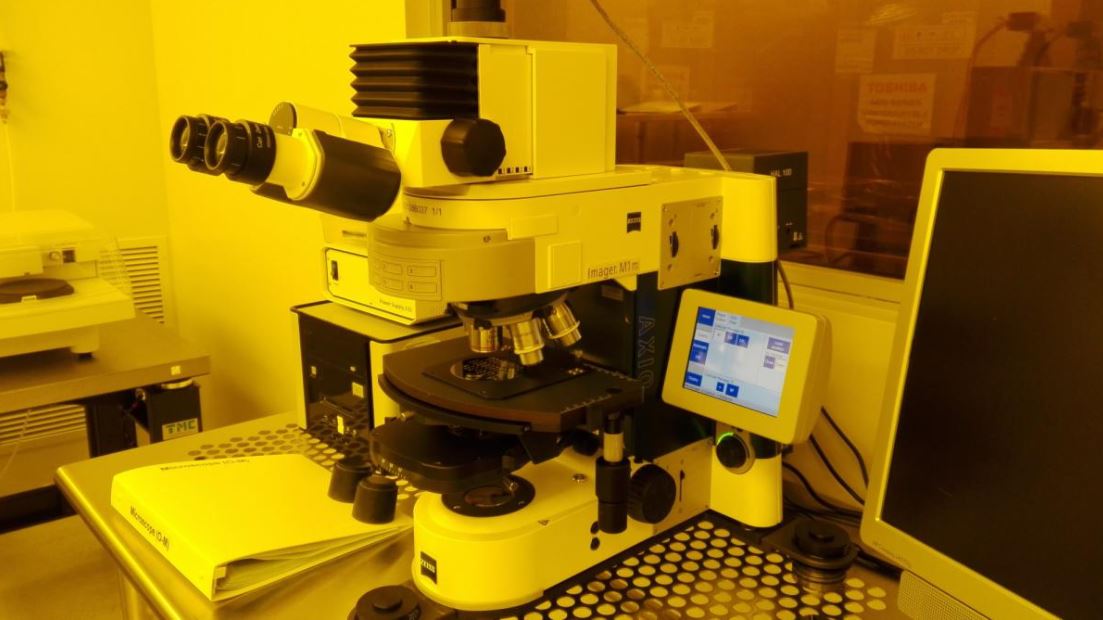How to Get the Right Results from an Optical Microscope

Microscopes are essential devices when it comes to scientific research and microbiology studies. They are widely used to look at different tiny specimens that cannot be seen by our naked eyes. Examples include animal and plant cells. There are different types of microscopes you will come across. Optical microscopes are popular, and they are widely used in schools and testing labs.
An electronic microscope is the other powerful type you will come across. It uses a beam of electrons to provide illumination. Electronic microscopes are widely used in research centers. They produce high-resolution images. Optical microscopes use light, which is normally reflected on the specimen. You will come across different microscopes that utilize light to illuminate the sample and offer the right view.
The four common types include compound, digital, pocket, stereo, and pocket microscopes. They are highly preferred for biological applications and classroom or personal use. Optical microscopes are of two different types, which include simple and compound. Simple microscopes use light from a single lens, while the compound type depends on multiple lenses to get a more powerful magnification. There are several things you should do to get the best results from an optical microscope. They include:
Look for a Perfect Source of Light
Most optical microscopes depend on natural light for illumination. This is what determines the quality of images you will see on your eye lens. You should look for the best source of light to have the perfect view. If you are in a laboratory set up, it is best you move closer to the windows for the best view.
Place Your Specimen Correctly
It is the other thing you should do to get the best results from your optical microscope. Make sure your specimen is correctly placed on the mechanical stage of your microscope. The slide with the sample can be held in place perfectly by the apertures of your optical microscope. You should then adjust the different objective lens to confirm if your specimen is perfectly placed.
Minimize Movements
It would be best if you minimized movements or avoid shaking your microscope as you adjust your lenses. This will help ensure that your specimen is perfectly held in place. You also need to ensure your slide is stained correctly to get the best results from your optical microscope.…



